Many inventions that make our lives easier today are made by women. Some of them are even life-saving. But it was not always easy for these inventors to get recognition for their contributions to humanity. Sometimes they went through a lot of struggle to get their inventions patented. We should be truly grateful for their creations and the improvements they brought in our lives. Here are few of the many remarkable inventions made by women in the past:
8 Ingenious patents that prove women are great inventors
1. The paper bag
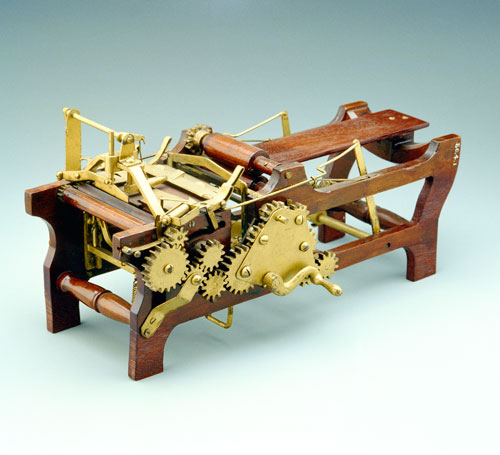
The paper bag is one of the most used items in the world today, but most of us probably never stopped to think who actually made them. Paper bags were invented in the 1860s by Margaret Knight. While she worked in a paper mill, she created a machine that can produce paper bags with flat bottoms. Although she was the inventor, she couldn’t receive the benefits from her patent because Charles Annan, a visitor in the paper mill, saw her machine and sold the patent before Margaret could. Knight was a very determined women and she decided to present her case to the courts. Alan’s defense was terribly weak, he only had one argument during the trial. His argument was that a woman isn’t capable of creating such an invention. Margaret proved him wrong immediately after showing her notes drawings and other pieces of evidence to the court. She managed to win the case and in 1871, she received money for the patent that was rightfully hers.
2. The dishwasher
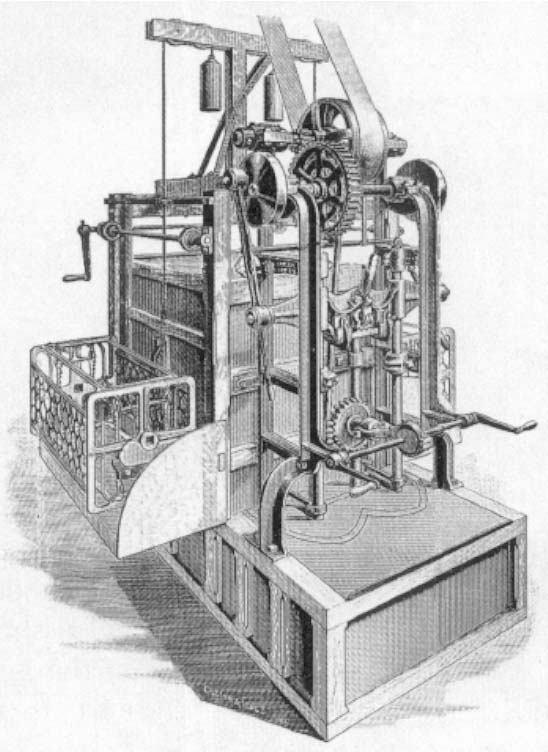
Josephine Cochrane and her husband who was a businessman were successful socialites in Shelbyville, Illinois. As such, they used to throw a lot of dinner parties at their mansion. Josephine was upset that her precious china dishes were often chipped or broken by the servants while they were cleaning them. She had a lot of free time so she decided to help her servants by making a machine that would make the dishwashing process automatic, and protect the dishes at the same time. She started researching and making the blueprints for her machine. But, after a few months passed away leaving her alone, with many debts. Josephine was eager to finish her project in order to survive. With the help of a mechanic named George Butters she solved the last mechanical issues of the machine. Josephine firstly believed that her main customers would be the housewives that are tired of the endless dishwashing, but actually, her first clients were hotels and restaurants. Soon she made her own company (Garis-Cochran) and in 1897, she opened a factory for producing dishwashers. Her invention started to get more popular in the 1950s when dishwashers became a typical household item.
3. The circular saw
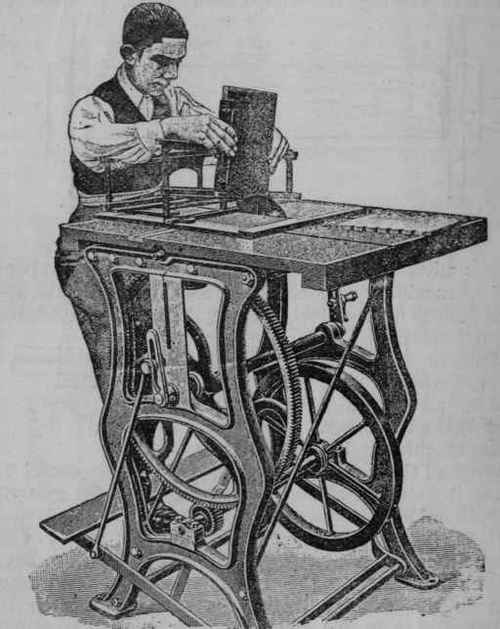
This invention comes from the 1800s. Tabitha Babbit was a member of the Shakers religious community. She noticed that the wood saws used in her community are not really effective. The big two-handed saws needed to men to handle them and push them back and forth in order to cut a piece of wood. These movements (especially the back movement) were not energy-efficient and, not to mention, they were painful for the back. Babbit got an idea from her observations, she found a way to improve the life in the community and make wood cutting easier and smoother. She designed a tool that used a circular blade and a spinning wheel to cut pieces of wood. The “circular saw” was operated by a wheel pedal pushed by one person. Tabitha’s religious views permitted her from patenting her tool. The invention was shared for free and it was later modified. Instead of a wheel pedal, modern circular saws use electric motors.
4. windshield wipers
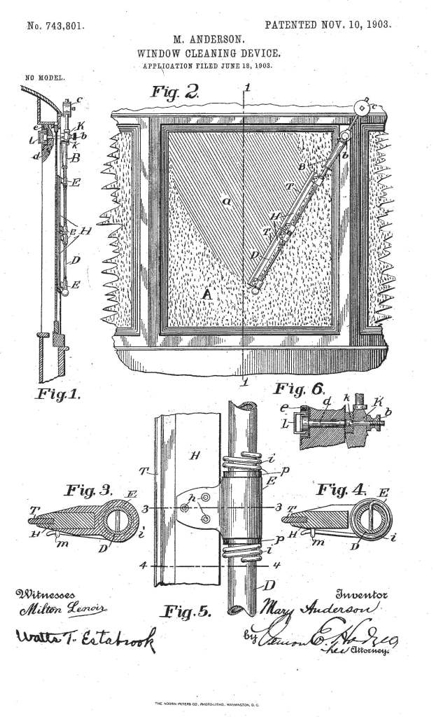
In the beginning of the 1900s, cars were becoming a common sight on the streets across America, but manufacturers weren’t thinking about the safety of the passengers and drivers a lot. The early cars were especially hard to drive when it was raining or snowing. Drivers needed to open a window and remove rainwater or snow manually from the front window while the car was still in motion. Luckily, a lady called Mary Anderson noticed the issue and found a solution. She created a device that was able to automatically clean the front window whenever it was needed. Mary invented the mechanical windshield wiper. The wipers were made from wood and rubber. They were attached to a lever that was conveniently placed near the driver so he could easily reach it and control it. Anderson received the patent for her invention in 1903, but car manufacturers from that period didn’t really saw the potential of the device, on the contrary, they thought it will be a bigger distraction than the manual wiping of windows. The windshield wipers will finally be accepted as helpful in 1913. Today, driving can not be imagined without these simple and extremely useful devices. They are part of the standard equipment of every vehicle.
5. The Monopoly
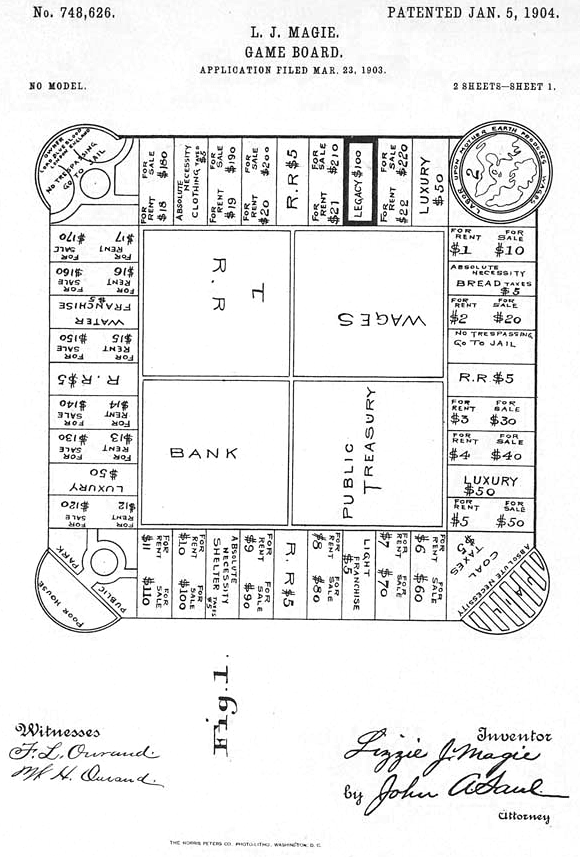
There’s injustice behind the story of how the game that we know today as “Monopoly” was created. The original name of this game was “Landlord’s Game” and it was made by Elizabeth Magie. She supported Henry George’s anti-monopolist idea. George spoke about a single land value tax company owners and wealthy landlords. Magie wanted to spread this idea among her friends and colleagues. Her patent for the game was registered in 1904 and she received only $500 for it. This was due to the huge gender inequality during that period. Women didn’t get any education, and they weren’t able to own their own capital. Most of the women were just housewives. The patent office didn’t even mentioned Magie’s name on the patent application for the game. The game became immediately popular, and it was played for 30 years. Then, “Parker Brothers” bought the patent for the game and named it “Monopoly by Charles Darrow.” Their game was identical with the original version, but Charles Darrow told a different story about the creation of the game, again excluding Elizabeth from it.
6. Solar House
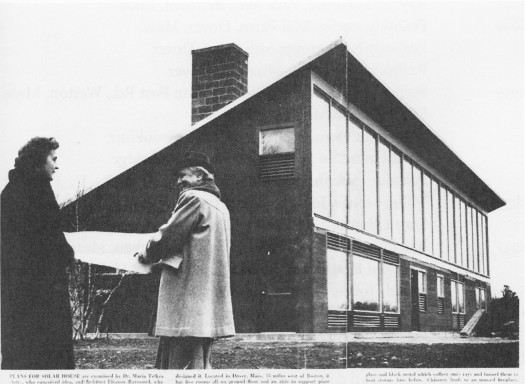
In this case, we have two women inventors, a researcher, and an architect. In 1950 Maria Telkes and Eleanor Raymond created the Dover House, an energy efficient house heated only by the heat from the sun. This “solar house” was just like every other ordinary house. The secret was in the metal glass panels installed behind the windows. They were capable of absorbing solar energy and directing it into the specially designed walls that could store heat. The wall containers were filled with sodium sulfate, a compound that has high heat storage capacity. The stored heat could be stored during sunny weather and released when needed. The Dover House was functioning properly for almost three years, but then corrosion started to degrade the sodium sulfate containers in the walls. Although the project was not completely successful, Maria and Eleanor opened the way for further development of sustainable technologies.
7. Kevlar

This life-saving synthetic fiber was invented in 1965 by Stephanie Kwolek while she was working for DuPont, the famous chemical company. this high-strength material was first commercially used in the early 1970s as a replacement for steel in racing tires. This amazing material has many uses today, mostly for protection, because of its tremendous strength. Kevlar continues to save many lives on the battlefields around the world, used in the personal armor of soldiers.
8. Signal Flares
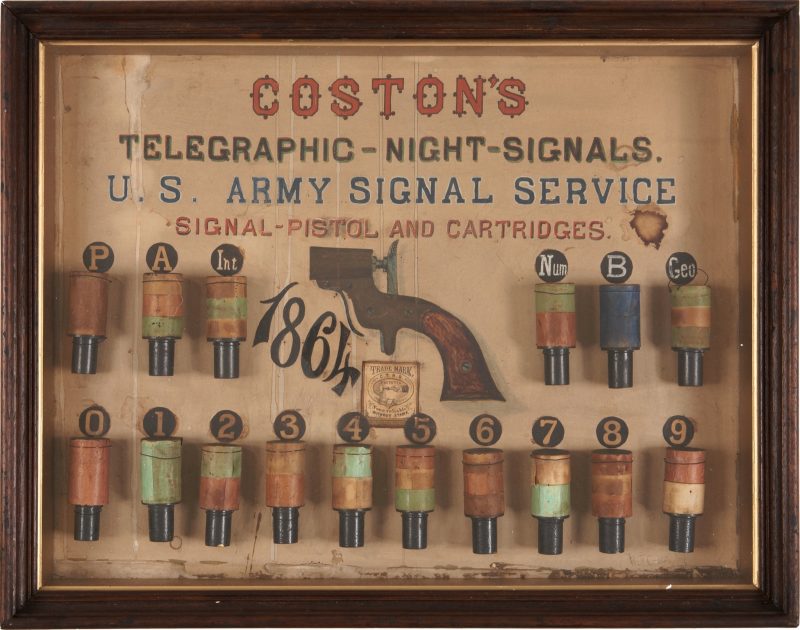
Another life-saving invention made by a woman. Martha Coston was the wife of a scientist and inventor named Benjamin Coston. UNfortunatley, her husband died young because of the effect of the strong chemicals he used during his work. He left Martha and her 4 sons with almost no money. One day, she found some of her husband’s notes that explained how light signals can be used at sea, to attract the attention of a passing ship, instead of flags and shouts. She took the notes and started working on this idea. After 10 years of hard work, in 1859, she managed to create the perfect signal flare. Her invention was perfect and even the U.S. navy was interested about it. Martha sold the patent to the Navy for $20.000. This invention became a standard for ship communication and managed to save many lives at sea.
Source: 1